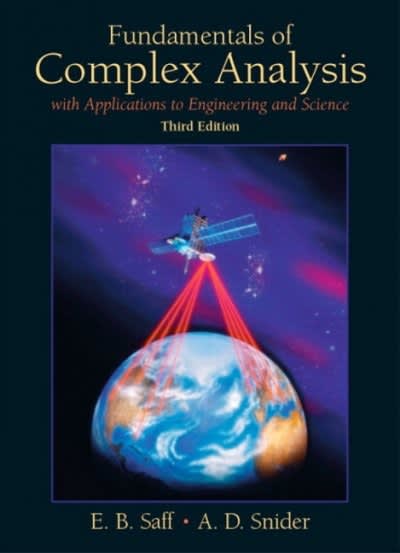Answered step by step
Verified Expert Solution
Question
1 Approved Answer
The conclusions of a study of happiness and social determinants across age cohorts in Taiwan was that; Happiness was not different across different age cohort
The conclusions of a study of happiness and social determinants across age cohorts in Taiwan was that;
Happiness was not different across different age cohort groups in Taiwanese people. However, the social factors related to happiness showed different relationships with happiness across the age groups. Socioeconomic status was more significant in determining happiness among older individuals, while a social relationship was more important for the younger and middle-aged individuals.


Step by Step Solution
There are 3 Steps involved in it
Step: 1

Get Instant Access to Expert-Tailored Solutions
See step-by-step solutions with expert insights and AI powered tools for academic success
Step: 2

Step: 3

Ace Your Homework with AI
Get the answers you need in no time with our AI-driven, step-by-step assistance
Get Started


